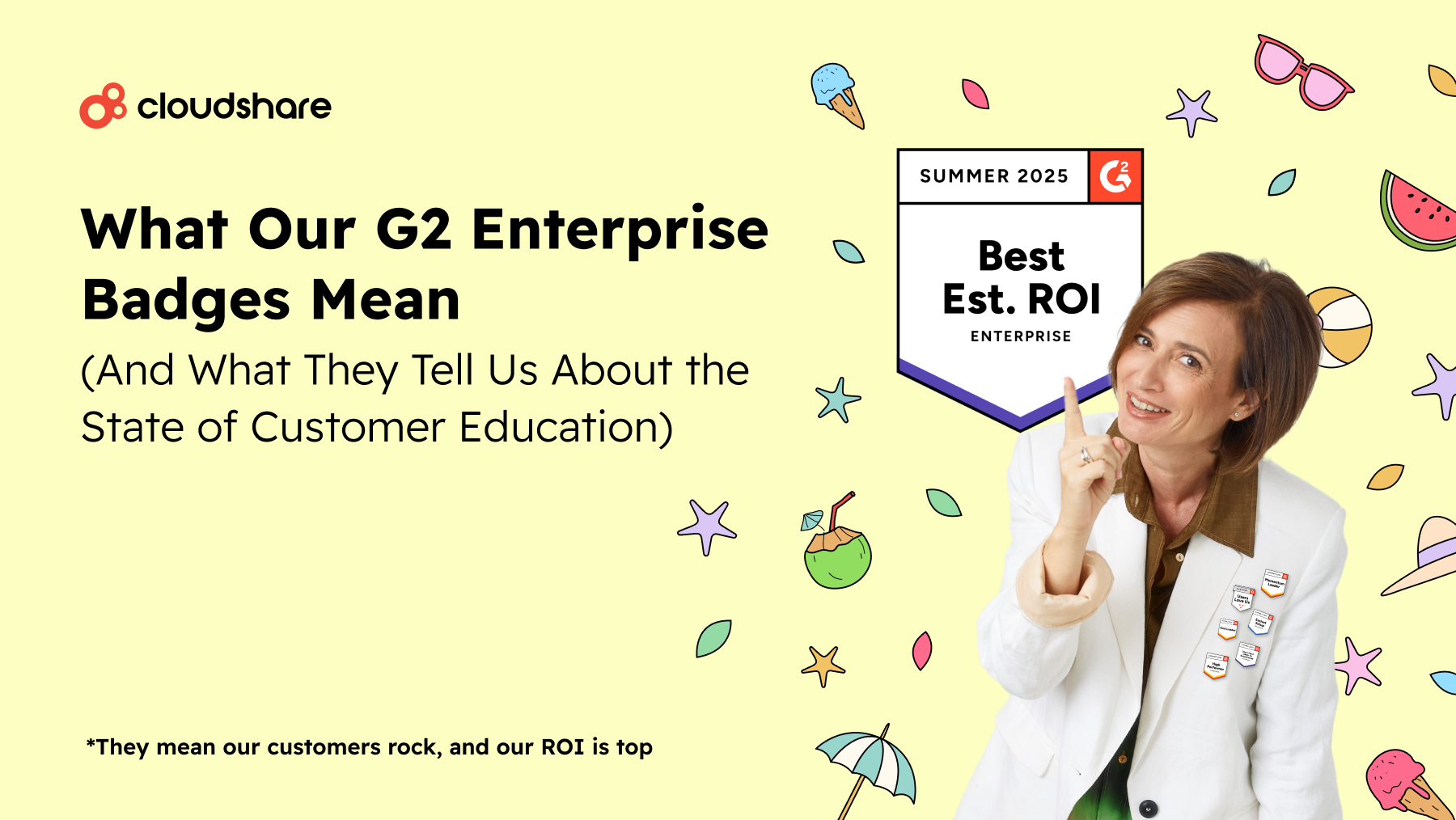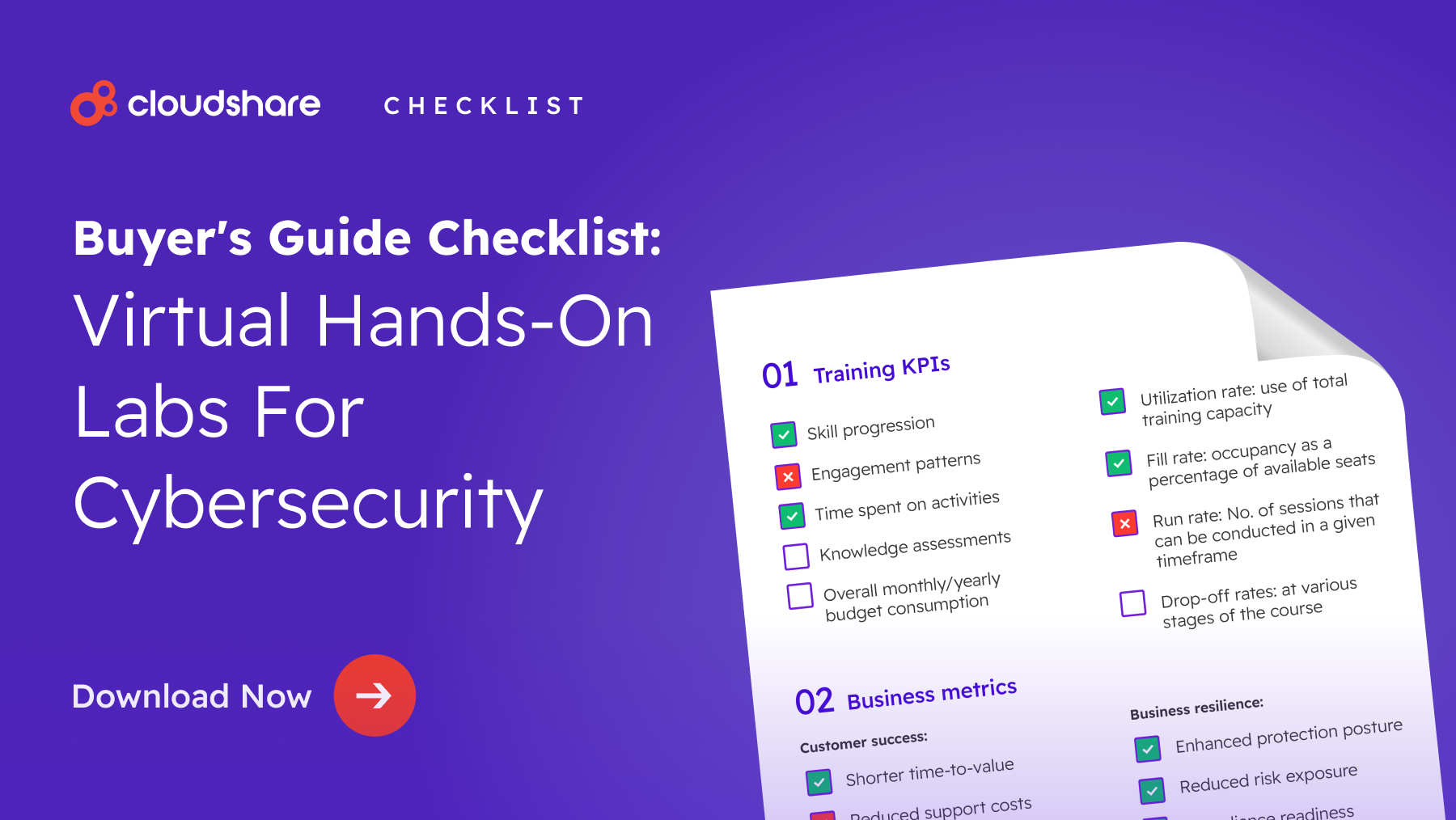Glossary
Technical Enablement
Are your customers using your software to its full potential? Does your sales team understand how to effectively communicate the nuances of each product? How well-versed is your customer success team regarding the technical challenges a customer might experience?
These are all questions you need to be able to answer as a SaaS company — and a technical enablement program is the best route to answering them.
What is Technical Enablement?
Technical enablement, sometimes known as technology enablement, is an umbrella term for the processes and strategies an organization uses to increase the aptitude and effectiveness of its users. In addition to customer onboarding and internal enablement technology, technical enablement includes technical training programs for your customer-facing teams, including sales, marketing, and customer success.
A vendor focused on technical enablement will do far more than deploy a product to a new customer, it will also help that customer with both onboarding and implementation. Most business users now expect this kind of service. They aren’t looking for a vendor to simply sell them a product — they want a partner that will help them grow and thrive.
If your company lacks a technical enablement plan, it cannot provide customers with that level of service.
Why Technical Sales Enablement is Important
In the SaaS industry, closing the deal is only the first step. You also need a customer retention strategy. You need to think about how you’ll ensure each customer gains the maximum value from your software.
By ensuring everyone knows how to use your product — and more importantly, that they understand how your product makes their lives easier — you greatly improve the overall customer experience. In doing so, you simultaneously drive product adoption and user satisfaction. Your customers will be far likelier to remain customers as a result.
How to Develop an Effective Technical Enablement Plan
- Consider the Scope of Technical Training: A technical sales training program will look very different from a technical training program geared towards your customer success team. Define the critical skills and knowledge that each group of trainees requires and adjust your training accordingly.
- Go Beyond Passive Material: Whether employee or customer, training material for modern users needs to be compelling and dynamic. Rather than static slides and lectures, consider providing in-app guidance, hands-on training, and interactive video.
- Know the Right Questions to Ask: There’s a good chance that you don’t know what you don’t know — which means everyone involved in the sales process must be willing to ask as many questions as possible in order to identify possible knowledge gaps. Analytics data can help with this to some extent, but there’s ultimately no substitute for genuine customer feedback.
- Provide Options: Some customers will prefer a self-paced learning environment where they can explore your software on their own time. Others might be looking for a more focused and guided experience. Rather than focusing exclusively on one style of training, consider providing customers with not only self-paced environments but also webinars, learning sessions, and more.
- Consider Appointing Technical Enablement Managers: These individuals will guide the entirety of your technical enablement efforts, from content creation to identifying critical areas of expertise. They can also help cultivate a community around your products, which in turn helps ensure that users can make their voices heard if and when they encounter problems with your software.
- Think About Your Enablement Technology: Does your current training software provide the necessary functionality to support technical enablement? Are you able to configure and deploy sandboxes for developers and other technical users? How effectively is your business able to support hands-on training, onboarding and product demos?



